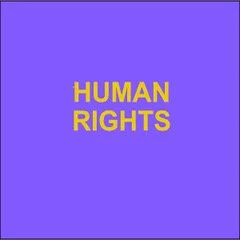By S. T. Bindoff
FROM THE PROLOGUE: “The battle was over. On a stretch of high ground in the midland heart of the kingdom twenty thousand men had met in fierce, clumsy combat, and the day had ended in the decisive defeat of the stronger army. Its leader, the King, had been killed fighting heroically, and men had seen his naked corpse slung across his horse's back and borne away to an obscure grave. His captains were dead, captured, or in flight, his troops broken and demoralized. But in the victor's army all was rejoicing. In following the claimant to the throne his supporters had chosen the winning side, and when they saw the golden circlet which had fallen from the King's head placed upon their leader's, their lingering doubts fed before the conviction that God had blessed his cause, and they hailed him joyously as their sovereign.”
London. Penguin. 1969. 323p.





















